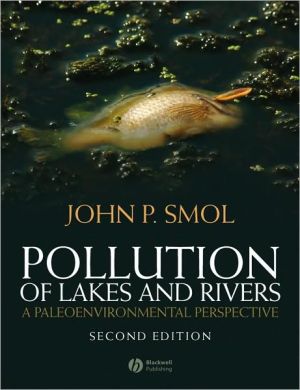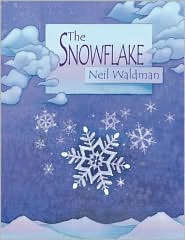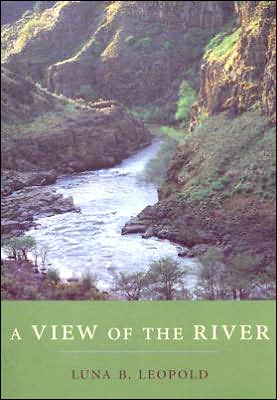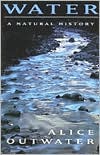Pollution of Lakes and Rivers: A Paleoenvironmental Perspective
Now in its second edition, Pollution of Lakes and Rivers provides essential insights into present-day water quality problems from an international perspective.\ \ \ Explains simply and effectively how lake sediments can be used to reconstruct pollution history\ Includes over 200 additional references and a new chapter on recent climatic change and its effects on water quality and quantity\ Tackles present-day water quality problems from an international perspective\ Previously published by...
Search in google:
Water is an essential life resource, yet the pollution of lakes and rivers has become an international problem, reaching crisis proportions in many regions. As demands on aquatic resources escalate, we must find new approaches to meet the challenges of the 21st century. Now in its second edition, Pollution of Lakes and Rivers addresses many of our present-day water quality problems from an international perspective, covering critical issues such as acidification, eutrophication, land-use changes, pollution by metals and other contaminants, climatic change, and biodiversity losses. It demonstrates how paleolimnological approaches can be used to interpret the physical, chemical, and biological information stored in lake and river sediments, and how this information is integral to identifying key environmental stressors and setting targets for mitigation purposes. The expanded second edition includes over 250 additional references and a new chapter on recent climatic change and its effects on water quality and quantity. This comprehensive, up-to-date volume provides essential insights into a multi-disciplinary science aimed at tackling some of the most urgent environmental problems of modern times. PowerPoint slides of the artwork from the book are available from: http://biology.queensu.ca/~pearl/textbook.htmReviews:“This is a useful text. It provides a good level of detail so that the beginner in this area can appreciate what palaeolimnology can (and cannot) achieve. It goes beyond the simple introduction to provide a detailed understanding of how techniques can be applied ... This is a different take on the usual pollution text and would be of great use to those wishing to understand more from sedimentary records.”Taken from the British Ecological Society’s Teaching Ecology website
Preface to the second edition.About the author.1 There is no substitute for water.2 How long is long?.3 Sediments: an ecosystem’s memory.4 Retrieving the sedimentary archive and establishing the geochronological clock: collecting and dating sediment cores.5 Reading the records stored in sediments: the present is a key to the past.6 The paleolimnologist’s Rosetta Stone: calibrating indicators to environmental variables using surface-sediment training sets.7 Acidification: finding the “smoking gun”.8 Metals, technological development, and the environment.9 Persistent organic pollutants: industrially synthesized chemicals “hopping” across the planet.10 Mercury – “the metal that slipped away”.11 Eutrophication: the environmental consequences of over-fertilization.12 Erosion: tracking the accelerated movement of material from land to water.13 Species invasions, biomanipulations, and extirpations.14 Greenhouse gas emissions and a changing atmosphere: tracking the effects of climatic change on water resources.15 Ozone depletion, acid rain, and climatic warming: the problems of multiple stressors.16 New problems, new challenges.17 Paleolimnology: a window on the past, a key to our future.Glossary.References.Index
\ From the Publisher"John Smol has produced a very readable text on modern day lake and river pollution problems and paleolimnologicapproaches for providing insights into these problems. The breadth of coverage in this text is impressive." ( Lake and Reservoir Management, September 2009)\ "This was an enjoyable book to read as the author is extremely knowledgeable technically, and he writes well and in an easy to understand manner." (Journal of the American Water Resources Association, June 2009)\ "The author has the gift of clear writing which is evident in terms of the fluidity and clarity of the book content—.I can happily recommend this book knowing that my enthusiastic attempts will be more than well supplemented." (Journal of Paleolimnology, March 2009)\ "John Smol has extensive experience in this field of paleoenvironmental research which he combines well with his excellent written communication skills to produce a text that is easy to read but also thought provoking—A very well written and formulated book. It strikes the right balance between description of key issues and the practical methods for investigating these." (Quaternary Science Reviews, Feb 09)\ "This comprehensive, up-to-date volume provides essential insights into the multidisciplinary science of paleolimnology aimed at tackling some of the most urgent environmental problems." (Lakeline, Fall 2008)\ "This is a very well-written and wide-ranging volume that is both instructive and topical. It is likely to prove useful as an introduction to the general area, a reference source and for teaching purposes." (The Holocene, November 2008)\ On the first edition:\ "This is a useful text. It provides a good level of detail so that the beginner in this area can appreciate what palaeolimnology can (and cannot) achieve." (Bigpond.net.au)\ "I promise you will come away thinking!"\ Nandini Kumar, TerraGreen"Intellectually generous and gracious, a fine example showing us that scientists, too, have their poetic sides which can be used to charm us while they produce convincing work." (U.S. Water News)\ \ \







